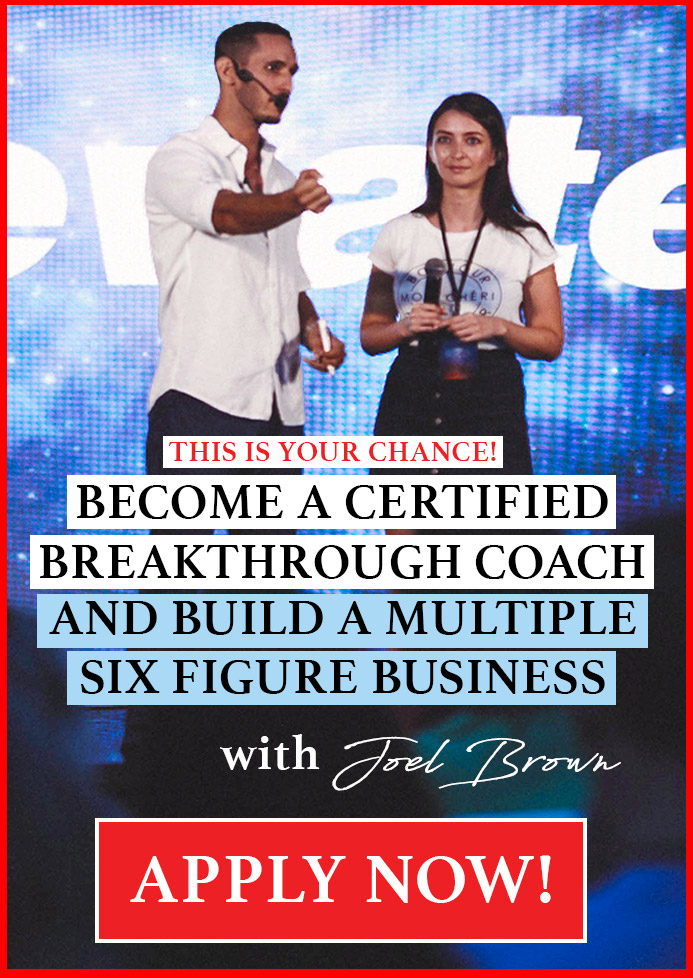Personal Development
The Three-Second Pause That Changes How People Perceive You
Active listening can be a real game-changer for any individual

You’re in one of those long webinars. The speaker is droning on and on about something vague. Time seems to flow in an absurdly slow manner. You’re barely able to decipher what the person is saying, tuning in and out from time to time.
Sure, you’re listening. But are you, really?
The situation above is a rather good example of what active listening does not constitute. Active listening is a more involved process in which the listener gives their full undivided attention, understands what is being discussed, responds promptly and empathises completely when necessary.
It goes beyond simply hearing what is being said; it involves being attuned to the context, body language and the emotion involved.
There are three main components of active listening:
- Listen for Total Meaning: This means that an active listener should be all ears to not only the information on offer but also the context and underlying meaning, if any.
- Respond to Feeling: Active listeners should be agile enough to correctly decipher the emotion in which the communication is wrapped and promptly answer the same with meaningful dialogue, being authentic and sincere in response.
- Note All Cues: Going beyond words, an active listener should be cognisant of all the non-verbal cues like gestures, speed of speech, tone of voice and facial expressions.
Why Active Listening Matters
Whether you’re studying for a Master of Counselling and want to become a better listener for your clients or you’re someone who simply wishes to show up better for your loved ones, becoming an active listener is a skill that can benefit both your professional and personal life.
1. Level Up Your Professional Life
Active communication can unlock progression and open new doors for ambitious professionals. It is considered to be an integral trait for successful corporate leaders and managers.
Being an active listener can help managers solve internal conflicts effectively, promote work collaboration, improve employee engagement and clear any misunderstandings.
2. Manage Relationships Better
Active listening also builds a stronger emotional bond in personal relationships, as attention is given to the finer musings. Lending an ear to distressed friends makes the connection stronger.
With kids, it helps reduce the generational gap as you empathise and relate on a deeper level. Listening can also foster intimacy in romantic relationships. Generally, people feel valued when they feel a person is hearing them out.
3. Ace Student Life
Active listening can help students excel in their pursuit of knowledge and skills. Active listening can aid in retaining more information. As the listener actually pays attention to what is being said and absorbs the meaning of it all, he remembers the same for a longer duration of time.
Such students can also engage more actively and deeply in group discussions. All things considered, active listening can be a handy tool in a student’s arsenal.
How to Overcome Barriers to Active Listening
A car cannot always run at its maximum speed. Similarly, a person cannot always be in the mental and physical state to be an active listener. Certain barriers can make that task difficult, like:
- Any emotion like anger, grief, happiness and excitement in extreme
- Preconceived notions about the topic or speaker
- Impatience and urgency to finish the work at hand
- Cognitive overload or mental fatigue
- Distractions and digital interruptions
- Poor environment or surrounding setting
- Ego-driven listening, i.e. focusing on your response rather than understanding the speaker
- Short attention span
- Unfamiliar accents and language barriers
- Monotonous speaker style
A combination of any of these factors could derail any person’s listening.
How to Improve Active Listening
Mastering active listening can feel like hitting the gym. Only here, you’re flexing your mental muscles. Just like hitting those preacher curls to grow your biceps, there are certain techniques and strategies you can deploy to be a better active listener.
Mindful Listening
Being fully attentive and mindful of the speaker is the first step. This can be unlocked by deep breathing before starting the conversation, which helps calm the mind and sharpens focus.
Putting all the digital devices on silent mode and selecting a quiet spot to talk (if possible) can also help matters. Doing mental resets, i.e. acknowledging when the mind wanders and channelling it back in the right direction, can keep concentration levels high.
Working on mindful listening can boost both comprehension as well as retention. It also builds the habit of engaging in thoughtful discussion rather than merely toying with reactive responses.
Pause-Reflect-Respond Method
Speaking of responses, the pause-reflect-respond method can improve your conversation skills. It can help break the cycle of rushed and thoughtless responses, helping avoid misrepresentation or misjudgment.
In this method, the listener makes a conscious effort to pause for a few seconds and take a moment before responding. This gives the time to reflect and mentally process what was said and identify the key points or underlying emotions.
By pausing and reflecting, the listener can then provide a measured, thoughtful and appropriate response rather than a dry affirmation. This method ensures that the listener gives a more relevant response and avoids the impulse.
While it may seem inconceivable to do all this in a few seconds, you would be amazed by how practising this a few times can make you a real pro at this method.
The 80/20 Rule
This simple method requires the listener to listen for 80% of the conversation and speak for the remaining 20%. This shift in perspective can potentially lead to more fruitful and meaningful interactions.
While it can be difficult to stay quiet for long, asking open-ended questions can allow the speaker to drive the conversation forward and reflect more deeply, giving you the time to introspect and respond accordingly.
Resisting the urge to interrupt in moments of silence can also continue the flow of the conversation.
Active listening can be a real game-changer for any individual. It can level up your student and professional life, make your relationships stronger and help you be a better leader. Being consistent and making conscious efforts to inculcate active listening can help you master the same.
It is important to be cognisant of the many barriers of active listening and implement some of the strategies mentioned for faster adaptation.
Life
10 Research-Backed Steps to Create Real Change This New Year
This New Year could finally be the one where you break old patterns and create real, lasting change.

Every New Year, we make plans and set goals, but often repeat old patterns. (more…)
Change Your Mindset
The Silent Skill That Makes People Respect You Instantly
What truly earns respect and why most people go about it the wrong way

Everybody craves respect but not everyone earns it. Some people believe that a title, years of experience, or a position of authority automatically entitles them to respect. (more…)
Did You Know
The Success Patterns You Inherited (And Didn’t Notice)
Your family history may hold the key to why you think, act, and feel the way you do today.

Who are you? Your experiences and your family’s narratives and legacies contribute to your identity. Your ancestry contains individual traits and forces that have been inherited over the years. It also carries the fights and victories of your forebears and older family members. (more…)
Personal Development
This Silent Habit Might Be Sabotaging Your Career
Your temper might be costing you more at work than you realize. Here’s why it matters.

You may be the last to know that you’re walking around with a giant chip on your shoulder. Meanwhile, your coworkers are giving you a wide berth. (more…)
-

 Business4 weeks ago
Business4 weeks agoWhy Your E-Commerce Fulfilment Is Probably Broken (And How to Fix It)
-

 Shift Your Mindset3 weeks ago
Shift Your Mindset3 weeks ago11 E’s That Define Every Great Leader And Why Most People Miss Them
-

 Did You Know3 weeks ago
Did You Know3 weeks agoThe Success Patterns You Inherited (And Didn’t Notice)
-

 Business3 weeks ago
Business3 weeks agoThe Hidden Money Pit in Your Operations (and How to Use It)
-

 Entrepreneurs2 weeks ago
Entrepreneurs2 weeks agoThe Essential Skills Every Entrepreneur Needs In 2026
-

 Change Your Mindset2 weeks ago
Change Your Mindset2 weeks agoHow to Turn Your Mind Into Your Greatest Asset (Instead of Your Enemy)
-

 Change Your Mindset1 week ago
Change Your Mindset1 week agoThe Silent Skill That Makes People Respect You Instantly
-

 Life6 days ago
Life6 days ago10 Research-Backed Steps to Create Real Change This New Year


























